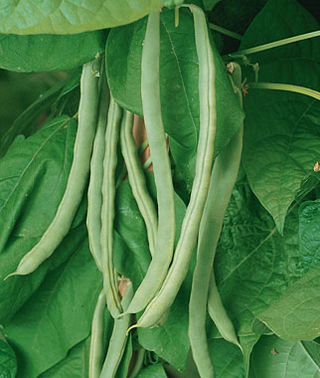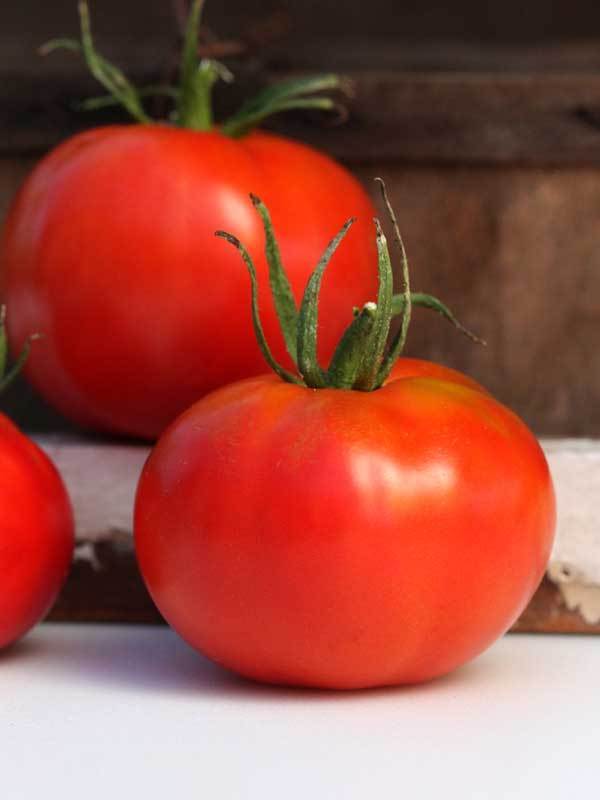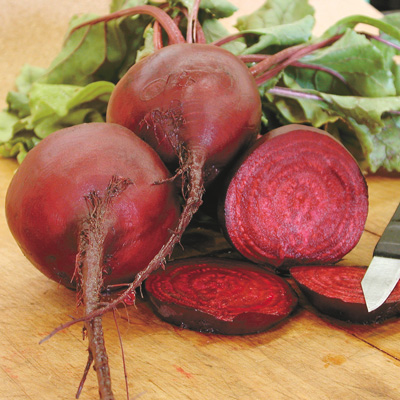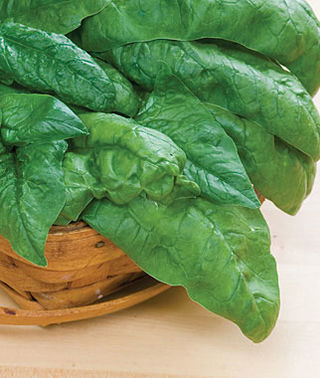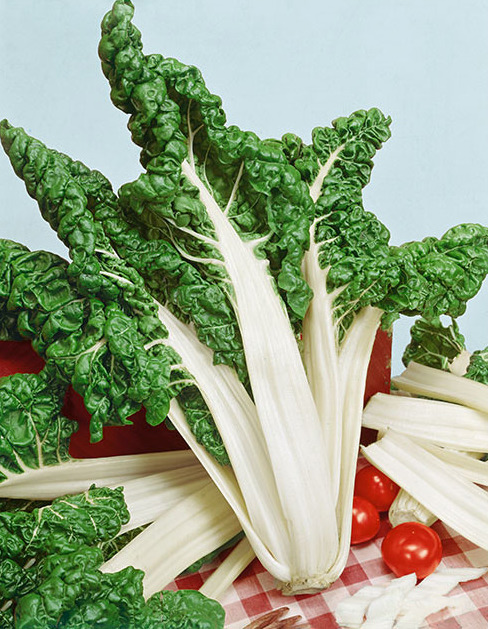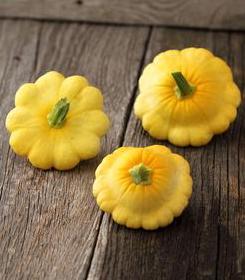Historic Victory Gardens
1918 poster by James Montgomery Flagg
Movements to create food gardens throughout the country to support World Wars I and II were examples of patriotism at its best. People were urged to grow vegetables on school grounds, parks, backyards, vacant lots, and even rooftops.
In 1917 Charles Lathrop Pack organized the National War Garden Commission, which launched a campaign to publicize the war gardens with pamphlets and colorful posters. Growing food to prevent shortages was certainly a motivation, but creating a national purpose so that all citizens felt that they were a part of the war effort was equally important.
More than 5 million new garden plots were cultivated in 1918, generating about 1.45 million quarts of canned fruits and vegetables.
World War II brought even more robust participation. In 1942, roughly 15 million families planted victory gardens, and by 1944 an estimated 20 million gardens were planted. In solidarity with the movement Eleanor Roosevelt planted a garden on the White House lawn despite protests from the Department of Agriculture.
“We need minerals and vitamins,” stated Victor R. Boswell in Victory Gardens, USDA’s Miscellaneous Publication No. 483, published in 1942. “National health as well as personal well-being demands that we learn more about what vegetables we need …”
More than 75 years later, many of the varieties Boswell suggested in garden plans included in his Victory Garden publication are still available to home gardeners. Here are a few:
Kentucky Wonder Pole Bean, an enduring classic, was first introduced as ‘Texas Pole’ prior to the Civil War.
Marglobe Tomato, bred by the USDA for disease resistance and released in 1925, is the parent of many later tomato varieties.
Early Wonder Beet, introduced in 1911, is an excellent beet for both greens and roots, especially good in early spring due to its ability to grow in cool soils.
Long Standing Bloomsdale Spinach was first introduced by David Landreth in 1826, who named it in honor of his farm located at Bristol, Pennsylvania.
Fordhook Giant Swiss Chard, introduced by W. Atlee Burpee and Co. in the 1920s, was touted as thick and fleshy, with pearly white stalks measuring 2 ½ inches in width.
Bush Yellow Scallop Squash is a tried and true summer squash, first sold by W. Atlee Burpee in 1884. Delicate and tender, the fruits are best picked young.
“It should be understood that effective gardening requires thought and work before and all through the entire season and, in the South, the year round.” ~Victor Boswell
Compared to modern times, Boswell’s three garden plans were ambitious: one provided for a “very small” garden of 30 by 50 feet, one for a “small” garden of 35 by 100 feet, and one for a “medium-size” garden of approximately 1/3 acre. Citizens responded enthusiastically, growing an estimated 9-10 million tons, an amount equal to all commercial production of fresh vegetables at the time!



